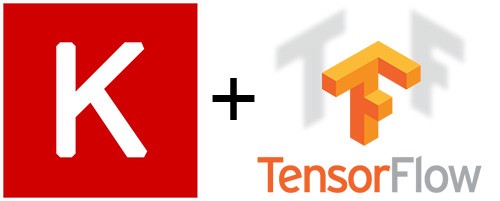How to visualize accuracy in Deep Leaning Model in Keras

Visualizing the accuracy of a deep learning model in Keras can provide insights into how well the model is performing during training and help identify overfitting or underfitting. The accuracy is a measure of how many predictions made by the model are correct and it increases as the model becomes better at making predictions.
To visualize the accuracy of a deep learning model in Keras, you can use the history object returned by the fit() function. The history object contains a record of the accuracy and other metrics at each training epoch. You can then use a Python visualization library such as matplotlib to plot the accuracy values over time.
When you’re training a model in Keras, you can pass it the parameter “verbose=1” to see the accuracy at each epoch, it will be printed on the console. This can give you an idea of how the accuracy is changing over time and help you determine if the model is overfitting or underfitting.
In addition to monitoring the accuracy, it’s also important to monitor other metrics such as loss or F1 score, to better understand the model’s performance. A combination of accuracy and other metrics can provide a more complete picture of how well the model is performing.
In summary, to visualize the accuracy of a deep learning model in Keras, you can use the history object returned by the fit() function, which contains a record of the accuracy and other metrics at each training epoch. You can then use a Python visualization library such as matplotlib to plot the accuracy values over time and monitor the accuracy during the training process, in addition to other metrics such as loss or F1 score.
In this Applied Machine Learning & Data Science Recipe (Jupyter Notebook), the reader will find the practical use of applied machine learning and data science in Python programming: How to visualize accuracy in Deep Leaning Model in Keras.
Disclaimer: The information and code presented within this recipe/tutorial is only for educational and coaching purposes for beginners and developers. Anyone can practice and apply the recipe/tutorial presented here, but the reader is taking full responsibility for his/her actions. The author (content curator) of this recipe (code / program) has made every effort to ensure the accuracy of the information was correct at time of publication. The author (content curator) does not assume and hereby disclaims any liability to any party for any loss, damage, or disruption caused by errors or omissions, whether such errors or omissions result from accident, negligence, or any other cause. The information presented here could also be found in public knowledge domains.
Learn by Coding: v-Tutorials on Applied Machine Learning and Data Science for Beginners
Latest end-to-end Learn by Coding Projects (Jupyter Notebooks) in Python and R:
Applied Statistics with R for Beginners and Business Professionals
Data Science and Machine Learning Projects in Python: Tabular Data Analytics
Data Science and Machine Learning Projects in R: Tabular Data Analytics
Python Machine Learning & Data Science Recipes: Learn by Coding